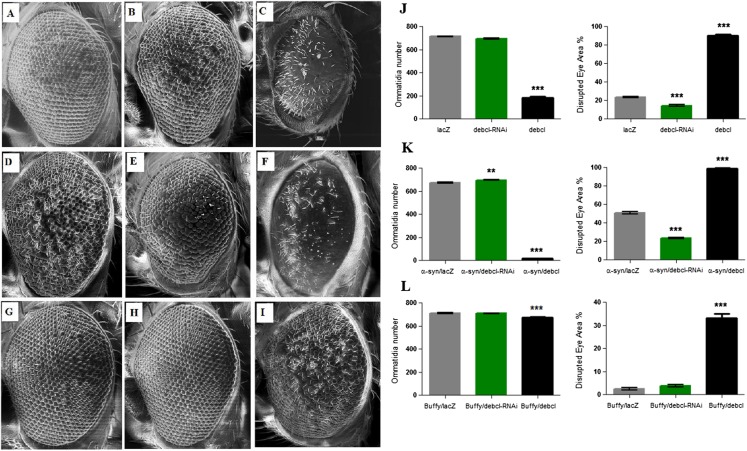Figure 4. Buffy partially rescues the Debcl-induced developmental eye defects.
Scanning electron micrographs when Debcl is overexpressed or inhibited in the eye with the eye-specific GMR-Gal4 transgene; (A) GMR-Gal4/UAS-lacZ; (B) GMR-Gal4/UAS-Debcl-RNAi; (C) GMR-Gal4/UAS-Debcl; when co-expressed with α-synuclein; (D) UAS-α-synuclein; GMR-Gal4/UAS-lacZ; (E) UAS-α-synuclein; GMR-Gal4/UAS-Debcl-RNAi (F) UAS-α-synuclein; GMR-Gal4/UAS-Debcl; and when co-expressed with Buffy; (G) UAS-Buffy; GMR-Gal4/UAS-lacZ (H) UAS-Buffy; GMR-Gal4/UAS-Debcl-RNAi and (I) UAS-Buffy; GMR-Gal4/UAS-Debcl. (J) Biometric analysis showed a significant difference in the disrupted area of the eye when Debcl is inhibited in the developing eye, and a decreased number of ommatidia and high levels of disruption when Debcl is overexpressed. (K) Biometric analysis indicates a marked difference when Debcl is inhibited along with the expression of α-synuclein, with increased ommatidia number and a less disrupted ommatidial array, whereas the overexpression of Debcl along with the expression of α-synuclein results in a dramatic decrease in ommatidia number coupled with severe ommatidial disarray. (L) The biometric analysis reveals the restoration of Debcl-induced phenotypes by overexpression of Buffy. The inhibition and overexpression of Debcl along with overexpression of Buffy, results in increased ommatidia number and improved disruption of the ommatidial array, to produce “healthier” eyes as determined by a one-way ANOVA and Dunnett’s multiple comparison test (P < 0.05 and 95% CI), error bars indicate the SEM, asterisks (*) represents statistically significant result and n = 10.

